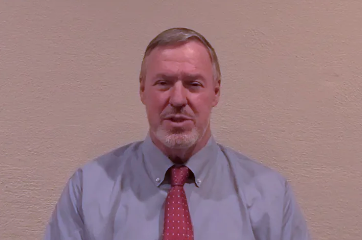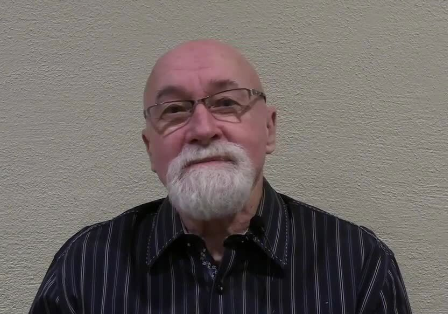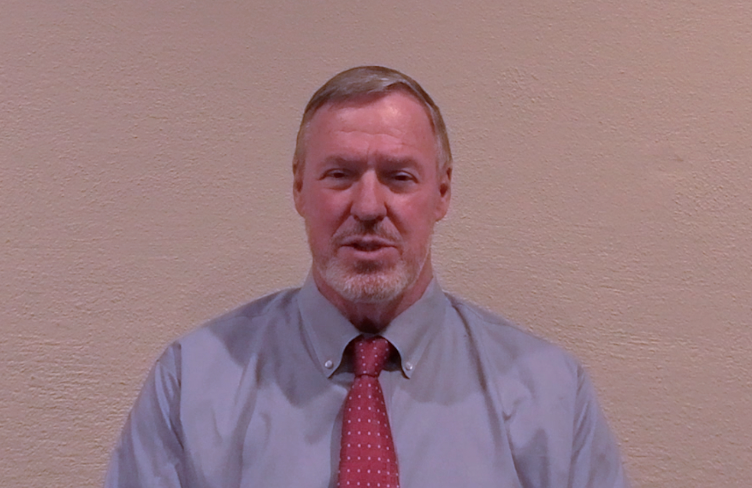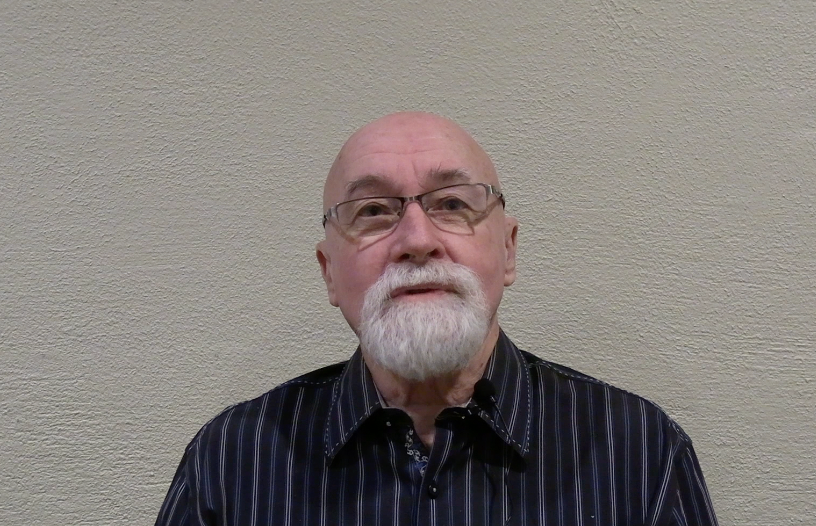Market Profile: ICP and ICP-MS
Inductively coupled plasma (ICP) spectroscopy and ICP–mass spectrometry (ICP-MS) provide an interesting set of similarities and contrasts.
Inductively coupled plasma (ICP) spectroscopy and ICP–mass spectrometry (ICP-MS) provide an interesting set of similarities and contrasts. As their names suggest, an important component of both techniques is the plasma excitation source. Electromagnetic induction provides the mechanism for heating a gas, typically argon, into a plasma state. A radio-frequency (RF) power source providing current to a coil induces varying electromagnetic fields within the coil. These fields accelerate charged particles, which strip electrons from the neutral gas atoms passing through the coil, providing more charged particles to feed the chain reaction that transforms the gas into an energetic plasma.

ICP and ICP-MS demand by application
In both ICP and ICP-MS, the aerosolized liquid sample is introduced into the gas flow and passes through the plasma torch, which ionizes the sample. From this point, the two methods are quite different. ICP is an optical emission technique, and the light generated by the recombination of the sample atoms in the plasma is analyzed by the detector. In ICP-MS, the ionized sample atoms are channeled into a mass spectrometer, which analyzes the composition of the sample.
Both techniques provide excellent coverage over the entire periodic table, though certain interferences, primarily related to the argon in the plasma, require finessing. Of the two techniques, ICP-MS is by far the more sensitive. Both techniques are widely used in environmental and drinking water analysis, as well as in industrial applications in semiconductor, oil and gas, and pharmaceutical laboratories. The global market demand for ICP and ICP-MS is forecast to be about $700 million in 2010.
The foregoing data were extracted from SDi's market analysis and perspectives report entitled Global Assessment Report, 11th Edition: The Laboratory Analytical and Life Science Instrumentation Industry, October 2010. For more information, contact Michael Tice, VP of Consulting Services, Strategic Directions International, Inc., 6242 Westchester Parkway Suite 100, Los Angeles, CA 90045, (310) 641-4982, fax: (310) 641-8851, www.strategic-directions.com.

Trending on Spectroscopy: The Top Content of 2024
December 30th 2024In 2024, we launched multiple content series, covered major conferences, presented two awards, and continued our monthly Analytically Speaking episodes. Below, you'll find a selection of the most popular content from Spectroscopy over the past year.
Best of the Week: Hyperspectral Imaging, ICP-MS Analysis of Geological Samples, Product Roundup
October 18th 2024Top articles published this week include an article about hyperspectral imaging in human skin research, a peer-reviewed article about analyzing geological samples using atomic spectroscopy techniques, and an equipment roundup piece about the latest products in the industry.












